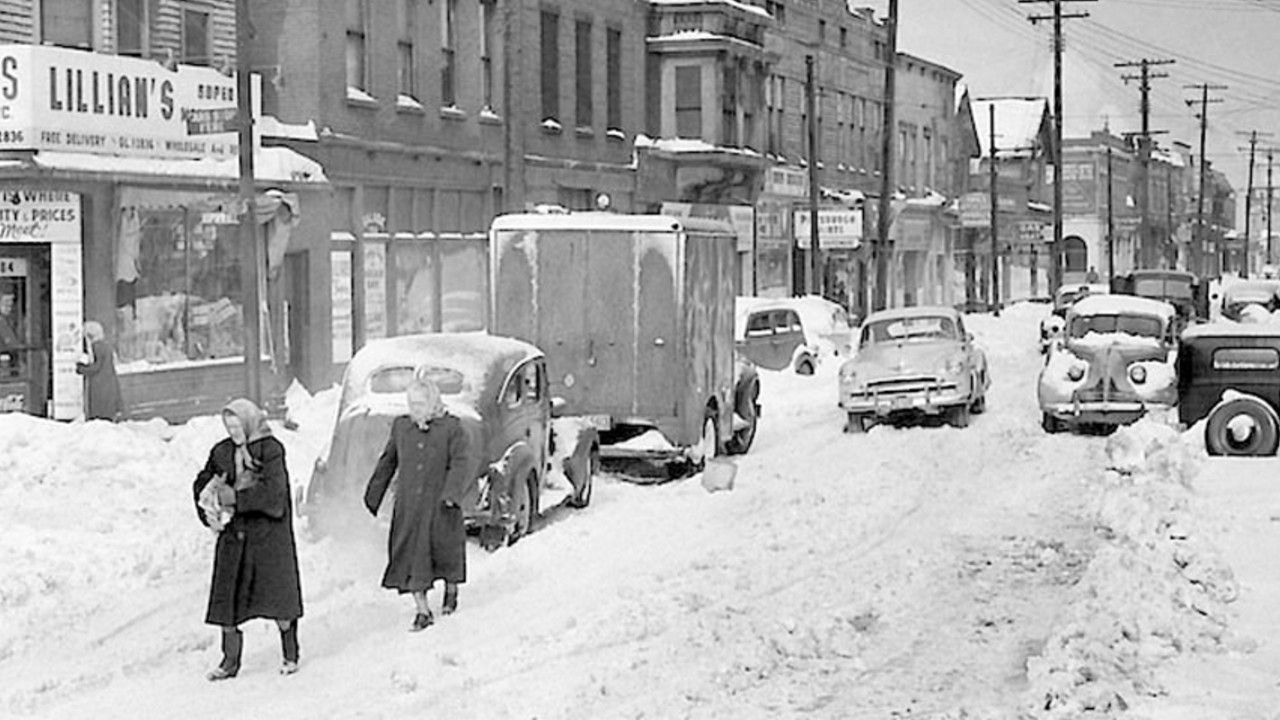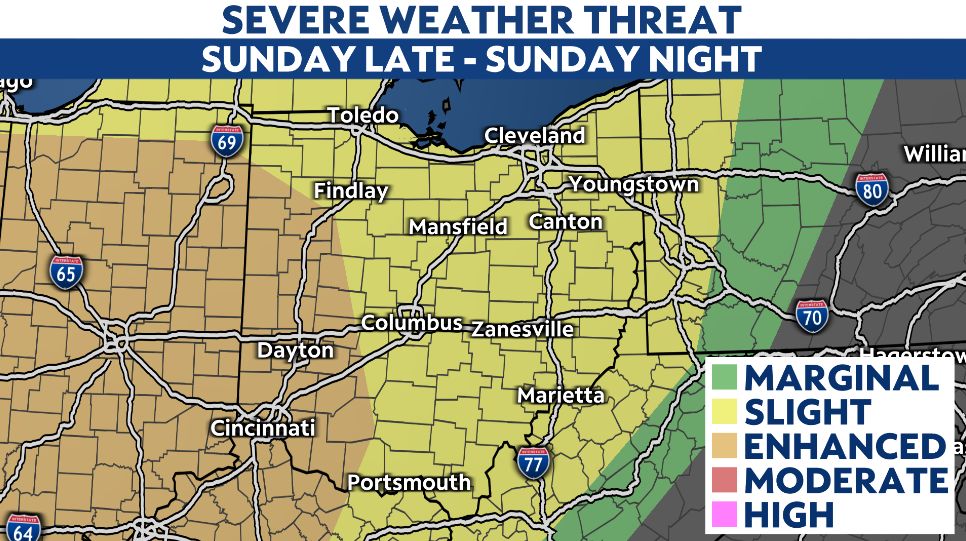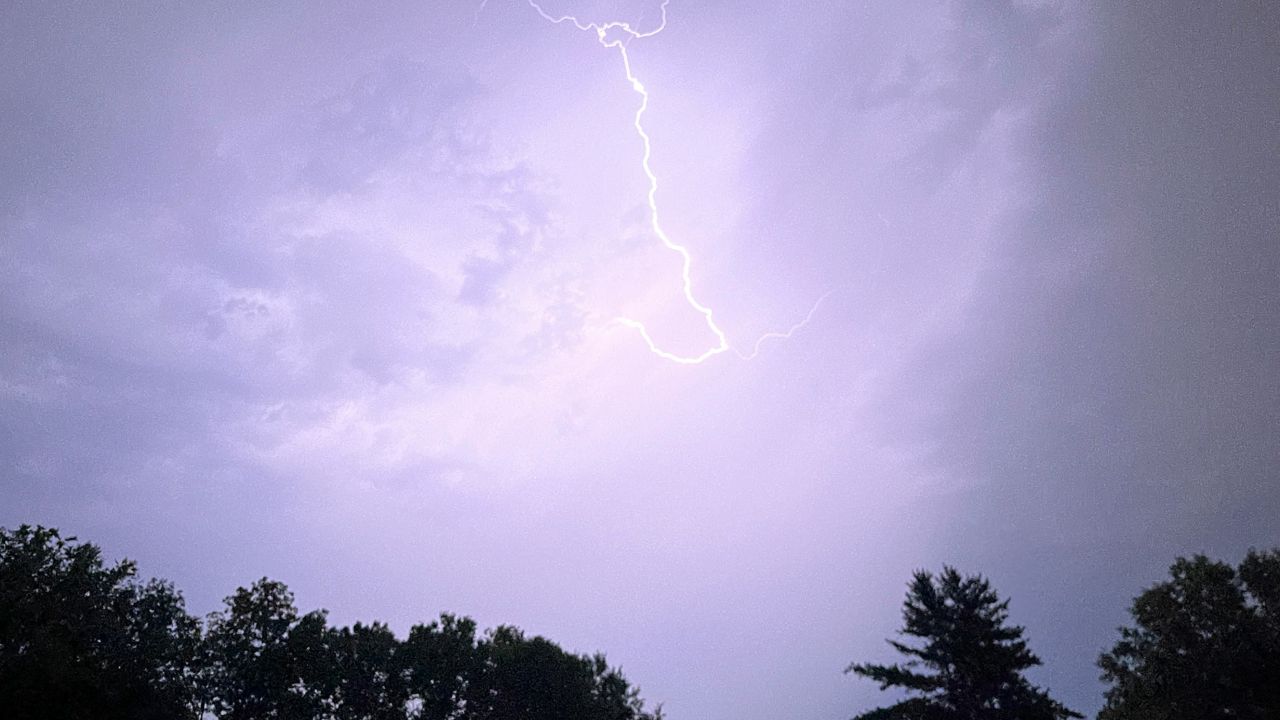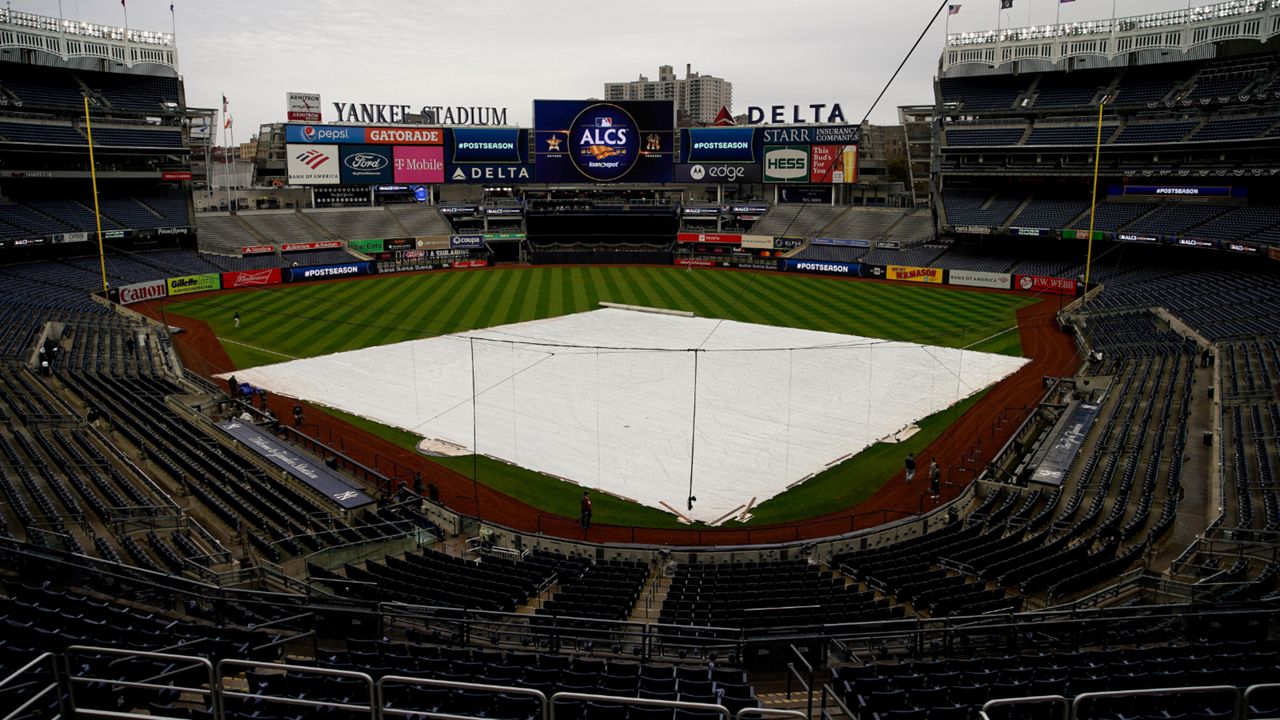Parts of the Ohio Valley and Appalachians were slammed by a historic storm that still to this day holds winter records.
This massive winter storm dumped a staggering 62 inches of snow in Coburn Creek, West Virginia over the course of several days. Deep snow blanketed much of western Pennsylvania, West Virginia, and Ohio.
The Great Appalachian Storm of 1950 started on November 24 and lasted five days.
This powerful storm developed behind an arctic fold front. On November 23, temperatures took a nosedive from the 40s and 50s into the teens.
This strong Arctic airmass broke records across the Midwest and the Ohio Valley on the 24th. Chicago’s temperature fell to -2 degrees, tying the city’s all-time monthly low.
An area of low pressure then dove in behind the arctic air on the 25th, bringing a shield of heavy snow. What made this snowstorm so historic and damaging was its motion – it was super slow!
The storm hardly budged over Lake Erie through the November 27 and 28. And since the winter storm parked over eastern Ohio through Appalachians, it produced wild winds, heavy snowfall, and flooding across those areas.
Ohio was on the backside of this storm, so it was very cold and snowy. The heaviest snowfall was in eastern Ohio. Youngstown received more 28 inches of snow.

Most of the eastern half of Ohio picked at least 18 inches of snowfall with lower amounts farther west.
Additionally, wind gusts were very intense and caused widespread damage with power outages and tree damage. Wind gusts peaked as high as 160 miles per hour on Mount Washington in New Hampshire.
A lot of the snow melted as temperatures warmed into early December. This created flooding concerns. Major rivers, such as the Ohio, jumped above the flood stage. In Pittsburgh, the Ohio River reached 28.5 feet, 4 feet above flood stage. In Cincinnati, it rose to 56 feet, which is four feet above flood stage.
This deadly winter storm of 1950 was one of the costliest at the time, according to the National Weather Service. The winter storm also caused at least 160 deaths.
The Great Appalachian Storm still holds the rank for the worst of 217 Ohio Valley snowstorms.









